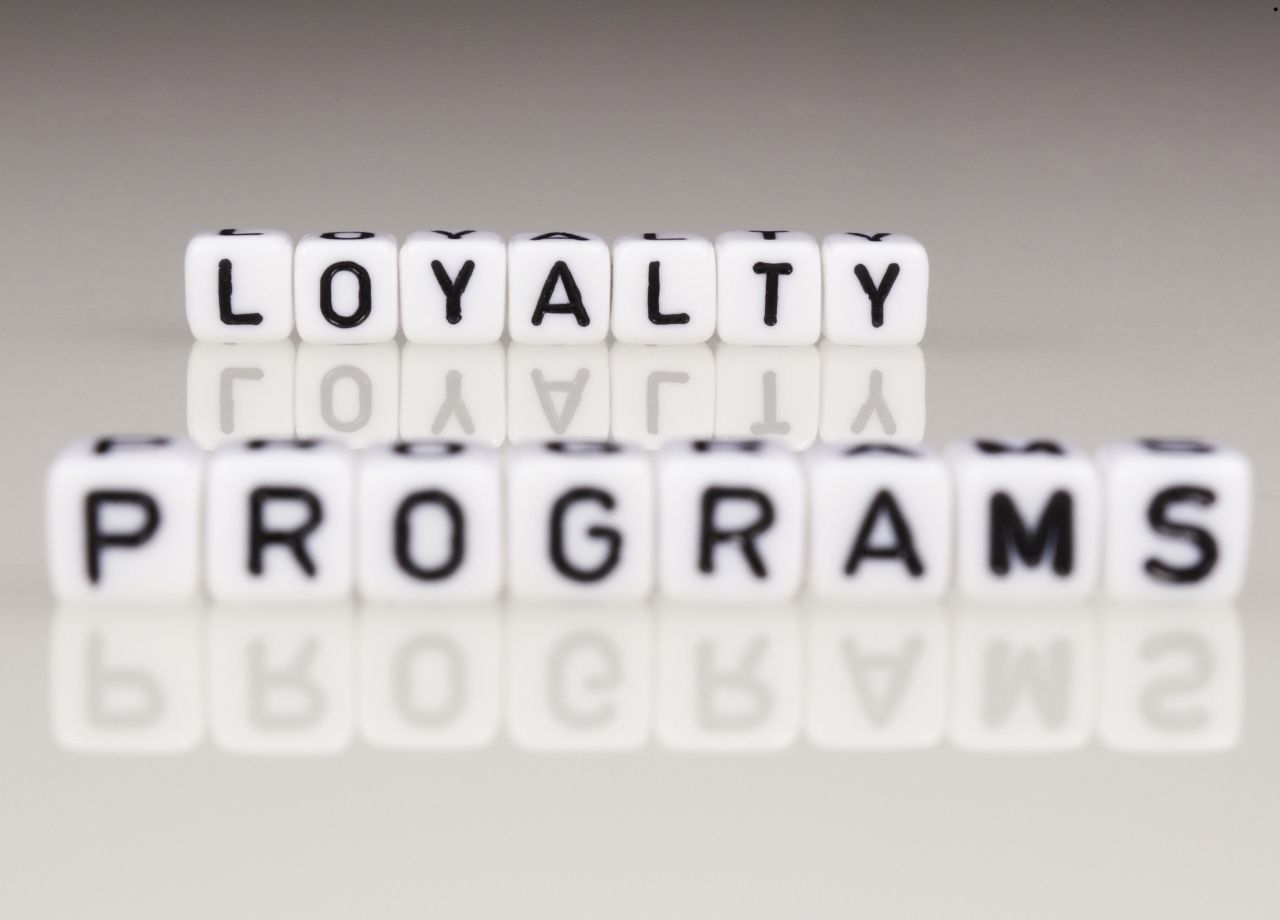
Businesses are always on the hunt for new ways to keep their customers coming back. Modern consumers expect more value from brands, especially in a market that offers more choices than ever.
One of the most effective strategies that has proven itself time and again is the "earn and burn" model, where customers earn rewards through purchases or engagement and burn them by redeeming those points for perks or discounts.
This model works because it taps into a basic psychological truth: people like being rewarded for their actions. But it’s not just about giving out points and discounts; it’s about creating a system that continuously engages customers, motivates repeat purchases, and builds long-term relationships. Let’s dig deeper into why this model works and how you can leverage it to increase customer loyalty.
Why the Earn and Burn Model Resonates with Customers
What sets this model apart is its simplicity. Customers earn points by interacting with your brand, whether they make a purchase, share a referral, or engage with your content. Over time, those points can be exchanged for something valuable, whether it’s a discount, free product, or special experience. This "earn" phase gives customers an incentive to stay connected, and the "burn" phase provides immediate, tangible rewards.
What makes this model so powerful is the positive feedback loop it creates. Customers are motivated by the immediate gratification of redeeming points, which drives them to continue engaging with the brand. Every time they redeem, they are reminded of the benefits of sticking with your business. This fosters a habit of engagement that strengthens their loyalty over time.

Furthermore, the earn and burn model plays into the idea that small, frequent rewards are more motivating than occasional, large ones. Think about it: people are more likely to engage if they know they can quickly achieve a reward, even if it’s small, rather than waiting a long time for something more significant. This aligns well with today’s fast-paced consumer mindset, where patience can be scarce and people are used to getting results quickly.
How to Design an Effective Earn and Burn Program
While the core of the earn and burn model is relatively straightforward, designing a successful program requires some thoughtful planning. You need to consider how to balance the points customers can earn with the rewards they can redeem, ensuring that both sides of the equation feel rewarding enough to encourage continued participation.
Make Earning Points Meaningful, Not Overcomplicated
One of the biggest mistakes businesses make is overcomplicating the process of earning points. While it may be tempting to assign different point values for various actions, simplicity often works best. Customers should be able to understand easily how they can earn points and how many points different actions are worth. Make sure that earning points is tied to the behaviors you want to encourage. If your goal is to boost sales, assign points primarily to purchases. If you’re looking for more engagement, reward social sharing or writing reviews.
But there’s more to it than just assigning points to actions. Consider adding an element of surprise, like bonus points for unexpected activities or milestone achievements. This keeps customers on their toes and adds an extra layer of excitement to their interactions with your brand. Offering double points during special events or product launches is another way to keep the program fresh and engaging.
The Value of the Burn: Give Customers What They Want
On the flip side, customers need to feel that the points they’ve earned are worth something. If the rewards are too hard to achieve or aren’t desirable, customers will disengage. Think carefully about what your customers actually want, and offer a variety of redemption options that appeal to different segments of your audience.
Some may prefer discounts, while others might be more interested in exclusive products, early access to sales, or experiences like VIP events. Offering flexibility in how points can be redeemed allows customers to feel that they are truly getting value from their participation.
A successful burn strategy also needs to find the right balance between short-term and long-term rewards. Short-term rewards can keep people engaged, but having some higher-value, longer-term rewards ensures customers will continue working toward something significant.
Incorporating Personalization to Elevate Loyalty
In today’s world, personalization has become key to a successful customer experience, and loyalty programs are no different. With the right data, you can offer tailored rewards that appeal specifically to an individual’s preferences and behaviors. For instance, if a customer consistently buys a certain type of product, offer them discounts or exclusive access to similar items. Personalization makes the loyalty program feel more relevant, increasing the likelihood of continued engagement.
At Rediem, we’ve seen that programs offering personalized rewards have higher engagement rates than one-size-fits-all systems. This is because personalization shows customers that you recognize and appreciate them as individuals, not just as another name in a database.
You can also tailor communication about the loyalty program. Some customers might prefer emails detailing how many points they’ve earned, while others may respond better to app notifications. Providing customers with the option to choose how they engage with the loyalty program adds another layer of personalization that can deepen their connection to your brand.
Avoiding Common Pitfalls in the Earn and Burn Model
While the earn and burn model can be incredibly effective, it’s not foolproof. There are a few common mistakes that can undermine the success of your program.
First, make sure that earning and redeeming points isn’t too difficult. If customers feel that the reward is too far out of reach, they may lose interest. Offering small, attainable rewards alongside larger, long-term goals helps keep customers motivated.

Another issue to watch for is an overly rigid redemption process. Customers want flexibility in how they can use their points. If they feel restricted, or if the process of redeeming points is complicated, they may give up on the program altogether. Make sure that redemption is a smooth, frictionless experience, ideally with a digital option that allows customers to redeem points instantly.
Finally, it’s important not to let your loyalty program go stale. Keep things fresh by updating rewards programs, adding new ways to earn points, and running special promotions that give customers a reason to check back in regularly.
Building Long-Term Customer Loyalty
The ultimate goal of the earn and burn model is to build lasting loyalty, not just drive short-term transactions. For this to happen, you need to create a loyalty program that integrates seamlessly into the overall customer experience. It’s not enough to just offer rewards; those rewards need to be a natural extension of your brand and its values.
Consistency is key here. Your loyalty program should reinforce what your brand stands for, whether it’s quality, innovation, customer service, or something else. The program should feel like an essential part of the brand experience, not an afterthought.
Incorporating customer feedback can also help fine-tune the program over time. Listening to what your customers value, what rewards they want, and how they want to interact with your brand will help you make the adjustments needed to keep your program relevant and engaging.
The earn and burn model is a tried-and-true method for fostering customer loyalty, but its success depends on how well it is executed. It requires thoughtfulness in design, meaningful rewards, and a focus on personalization. When done right, it creates a positive feedback loop that keeps customers coming back and reinforces their loyalty to your brand over time.

